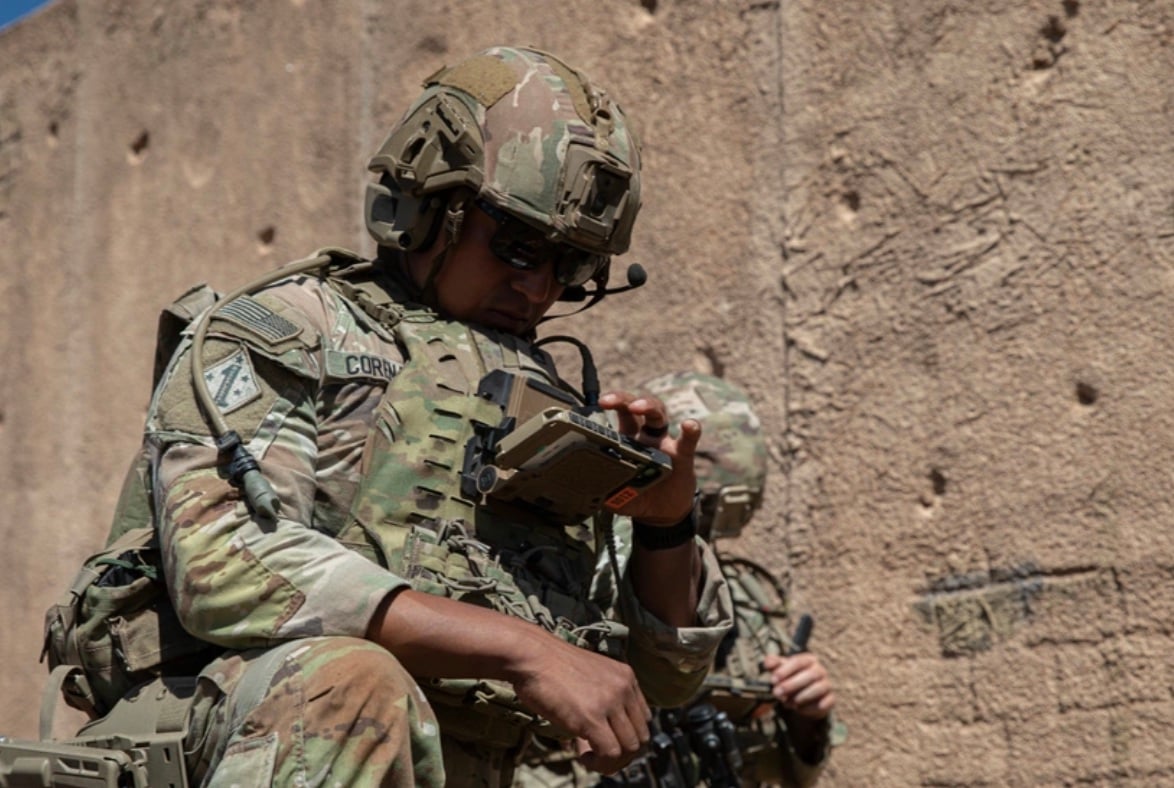It sounds like a fantasy: anonymous, no-strings-attached sex offered freely to American service members, often with promises of secrecy and zero expectation of reciprocation. But what if it’s not a fantasy at all? What if it’s a trap?
In an age where smartphones and social media dominate daily life, U.S. military personnel have become increasingly vulnerable to a new kind of threat—one that’s less about bullets and more about blackmail.
⚠️ WARNING: This article has been edited for ad compliance.
The full, uncensored version—with examples and graphic content—can be found exclusively at TheSaltySoldierUncensored.com.
A Digital Minefield of Sexual Offers
On a well-known social media platform, dozens of anonymous accounts have begun targeting military communities with overtly sexual invitations. These posts often promise intimate encounters for active-duty personnel stationed at or near major U.S. bases—especially overseas installations.

The messages are frequent, explicit, and eerily consistent:
No strings. No reciprocation. Total discretion.
Targeted toward “straight” or “curious” men in uniform.
Open invitations to meet in public areas or private residences.
It’s tempting. It’s easy. And for young, lonely service members under stress, it might seem harmless.
But that’s exactly what makes it so dangerous.
From Bedroom to Blackmail
Military members caught in compromising situations are prime targets for sextortion and blackmail, especially if their encounters are filmed or photographed without their knowledge. This content can be used to:
Demand money to prevent exposure.
Threaten to disclose sexuality in environments where stigma still lingers.
Apply pressure to leak information, schedules, or access credentials.
The threat isn’t just personal—it’s operational. When someone in uniform has something to hide, foreign adversaries know how to exploit it.
A Tactic as Old as Espionage Itself
Sexual blackmail—sometimes called “honeypot” or “kompromat” operations—has long been used by foreign intelligence agencies:
During the Cold War, Soviet and Eastern Bloc services seduced targets for secrets.
Today, modern spycraft uses social media, burner phones, and encrypted messaging apps to achieve the same results—just faster, cheaper, and harder to trace.
The average social media user has no idea who’s behind an anonymous post. It could be a civilian. It could be a troll. Or it could be a foreign asset operating behind a keyboard with a fake profile picture.
Why the Military?
Service members, especially junior enlisted personnel, are uniquely vulnerable:
They’re young, often far from home, and sometimes naïve to digital threats.
Many are bored, under stress, and seeking companionship.
They may feel like nobody would target them, especially for something as “minor” as a hookup.
But intelligence services don’t just target generals—they look for anyone with access, anyone with schedules, anyone with a badge. And they especially look for those who are willing to break rules in exchange for temporary gratification.
Because while one anonymous message may seem harmless, it only takes a single slip-up to jeopardize a career, a mission, or a life.
🔞 Want to see what’s really being posted?
The full uncensored article—with graphic screenshots and usernames—can be found at TheSaltySoldierUncensored.com.
© 2025 The Salty Soldier. All rights reserved.
Reproduction of this content without express written permission is strictly prohibited.




